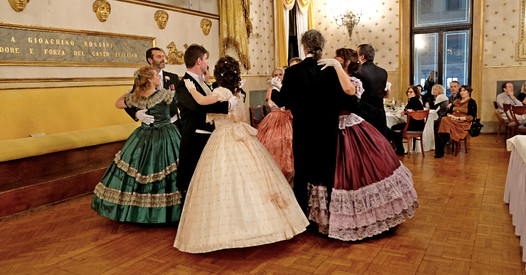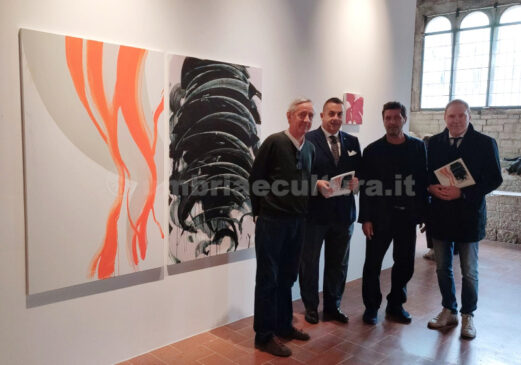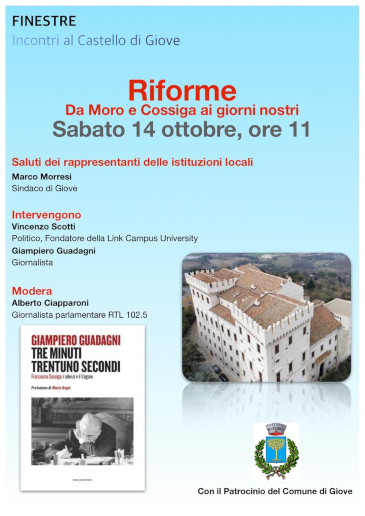Orvieto underground is one of the underground paths that characterize the subsoil of Orvieto.
It is more or less 3000 years that Orvieto has been digging in the tuff block on which the city stands. Almost every house contains tunnels and caves, still mainly used as cellars, but used, over time, for the most varied uses.
Perforated therefore by a huge number of caves (there are, today, about 1200) not communicating one with the other, Orvieto is a unique case of how the inhabitants have been able to profit from the particular position of the town.
The immense amount of work over the centuries has certainly been facilitated by the consistency of volcanic, tuff and pozzolan rocks, very crumbly and easy to dig, as well as very precious: the resulting material of the excavations was used for construction: tuff for the blocks, pozzolana for the mortar.
The caves in Orvieto have never been used for housing or burial purposes, but only as places of work. In medieval times, during the sieges, the inhabitants, even those downstream, were forced to perch on the cliff, with consequent problems of space: the city on the surface was therefore the one where to live, the underground instead, the one to work and transfer all the activities necessary for sustenance.
The Orvieto Underground route consists of visiting only two caves, accessible because they are public property: they are in fact in the subsoil of the former hospital.
The first cave houses an oil mill from the Middle Ages, made between 1200 and 1300 and remained functional for centuries. Such an arrangement provided a whole series of advantages, not least the constant temperature of the environment (between 16 and 18 degrees) when outdoors, during the winter, temperatures could drop below freezing. Optimal conditions therefore, both for working and for storing the precious liquid.
It is fascinating to note that the basic technique in the olive oil production has remained substantially unchanged: the olives are squeezed (animal strength was used in this mill) producing a paste, which was then spread on the discs called “fiscoli” by which, stacked and pressed, the oil comes out.
The techniques have remained the same, but the use has definitely changed: in ancient times the oil was not used for food purposes, but as an ointment for the skin and to produce light and heat.
A few steps and you find yourself in another working context, always of medieval origin: a pozzolana quarry, a compact mineral if sedimented, but which returns to dust only if touched. Indispensable and precious in construction, always used with lime and water to obtain mortar.
During the expansion of the quarry, in the 19th century, a small Etruscan well from the end of the 6th century came to light. We can currently admire it from an intermediate position, the excavation in fact cut it into two sections. We are about 13 meters below the level of its surface and, looking down, the gaze sinks for about twenty meters, the part that came to light thanks to a recent cleaning, even if the well should be deeper, at least additional 30 meters. The Etruscan wells were built according to a standard model: rectangular in shape (contrary to the Renaissance ones which are circular) and with fixed measures 80x120cm.
The small size had multiple positive aspects: they allowed a faster realization, and avoided the use of a ladder for the descent: with a brilliant trick, in fact, the walls themselves were used: a series of recesses at regular distance present on two opposite walls, allowed the descent and the ascent pointing feet and elbows.
The second visitable cave of Orvieto Underground has a particularity: it is open towards the valley. Despite the depth, being dug along the edge of the cliff, it has openings on the outside that have allowed it to be used for breeding purposes: these caves were used as dovecotes for the breeding of pigeons, still a typical dish of Orvieto and Umbrian cuisine. Long theories of rooms dotted with niches, characteristics of the part of the cliff facing south, sheltered from cold winds and therefore ideal for raising animals. But how come the pigeons? These animals have many “qualities”, such as being very prolific, being able to get food on their own, and always returning to their nest … and also being delicious!!! (sorry for vegetarians …)
The last cave, also originally intended for the breeding of pigeons, suddenly brings us back with a jump to the twentieth century: removed the dovecotes and chiseled a seat along the walls, it was destined to air raid shelter during the Second World War, being connected with the hospital above. All private caves however, in wartime were used as air raid shelters, even if the ancient city of Orvieto was never subject to bombing: the sensitive target was the railway station, which however was located downstream.
An intense short but very long journey therefore, from the Etruscans to the Second World War: cycles and recycles, courses and appeals, history of a city and stories of everyday life. Ancient as our history, eternal as memory.
Benedetta Tintillini
In the surroundings: Ovo Pinto Museum in Civitella del Lago
Find Orvieto Underground on Google Maps:




